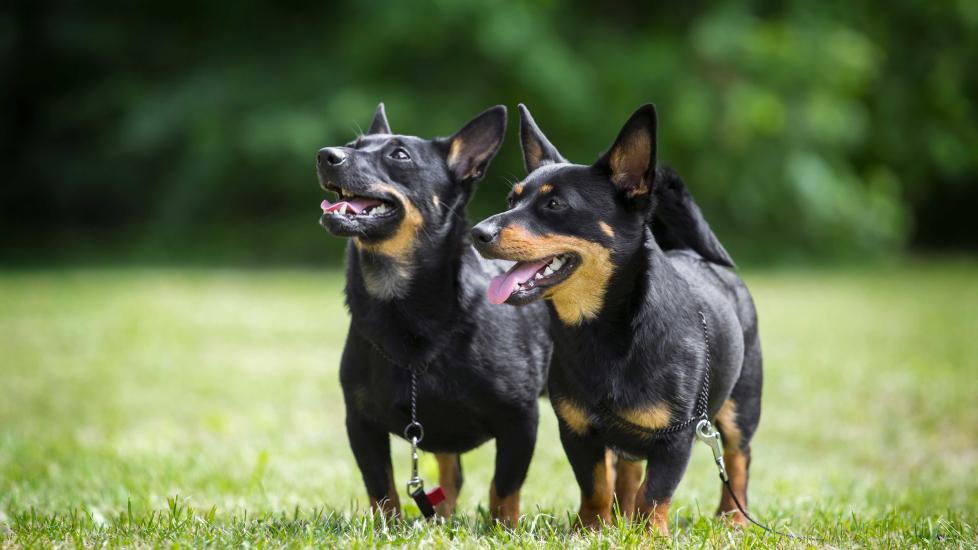Introduction:
The Lancashire Heeler is a small herding breed that originated in England during the 19th century. Known for its unique appearance and agility, this breed has gained popularity among those seeking a compact yet active canine companion.
Lifespan: The average lifespan of a Lancashire Heeler is between 12 and 15 years.
Coat Length: This breed sports a short, dense coat that requires minimal grooming.
Alias(es): Sometimes referred to as the Welsh Corgi (although it is not directly related to the Pembroke or Cardigan Welsh Corgis).
Height: Typically standing around 10-12 inches at the shoulder, they are one of the smaller herding dogs.
Place of Origin: As their name suggests, the Lancashire Heeler hails from Lancashire, England.
Body Size: They have a sturdy build with a strong neck and legs, reflecting their heritage as working dogs.
Shedding Level: These dogs shed moderately year-round and may experience heavier shedding during seasonal changes. Regular brushing can help manage shedding.
Trainability: Lancashireheelers are intelligent and eager to please, which makes them relatively easy to train. However, due to their independent nature, consistent training methods and positive reinforcement are key.
Key Characteristics:
– Active and playful, requiring regular physical activity and mental stimulation.
– Good watchdogs thanks to their alertness and tendency to bark when necessary.
– Affectionate towards family members but may be reserved with strangers.
– Their herding instinct can sometimes lead to nipping at heels, so early socialization and obedience training are important.
Health Considerations:
Like many other breeds, Lancashireheelers can be prone to certain health issues such as hip dysplasia, eye problems, and von Willebrand disease (a bleeding disorder). It’s crucial to work with responsible breeders who perform health screenings on their breeding stock.
Exercise Needs:
These dogs need daily exercise, including walks, play sessions, and opportunities to run off-leash in a safe area. Herding instincts can also be channeled into activities like agility courses or flyball competitions.
Grooming Requirements:
Their short coats require only weekly brushing to remove loose hair and maintain shine. Bathe your Lancashire Heeler as needed, usually every few months unless they get particularly dirty. Trim nails regularly and check ears for signs of wax buildup or infection.
Conclusion:
The Lancashire Heeler is an adaptable and charming breed suitable for households with space for them to roam and opportunities for regular activity and companionship. With proper care and attention, these dogs make loyal and loving pets for families looking for a small, energetic canine friend.
